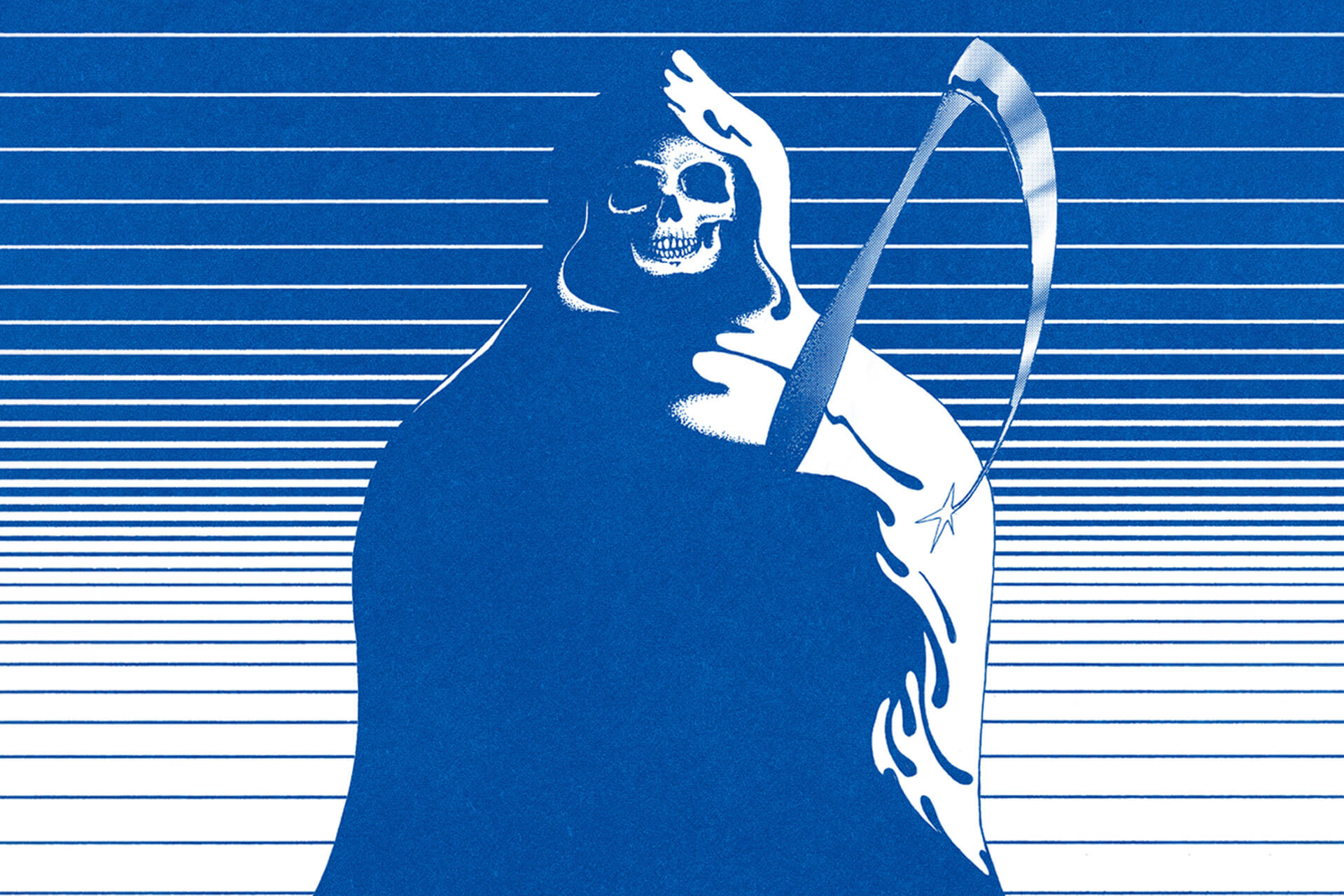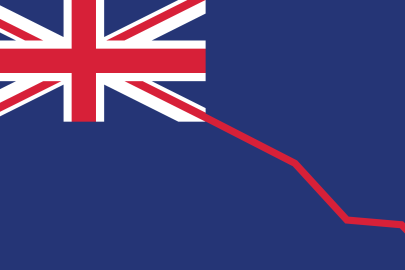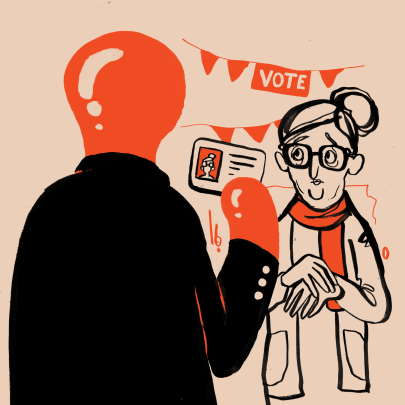Sep 7, 2021 Politics
It’s always dangerous when a major social institution teeters on the brink of oblivion. The National Party was formed when the pre-existing political establishment got together to work out how to combat the emerging Labour menace. In 1931, the more conservative Reform Party teamed up with the more liberal United Party and then formally merged to become National. And whenever National has been strong, it has remained explicitly a coalition of liberals and conservatives, of John Keys and Bill Englishes.
The two wings knew exactly what the new party was for: “To promote good citizenship and self-reliance; to combat communism and socialism; to maintain freedom of contract; to encourage private enterprise; to safeguard individual rights and the privilege of ownership; to oppose interference by the State in business, and State control of industry.” Ultimately, though, National’s function has been first to hold power and second to preside over whatever reforms the hopefully brief Labour interregnums deliver.
Labour governments actually do things. The first Labour Government established the welfare state, led us through the Second World War and established an independent foreign policy by tilting away from the UK towards Australia and the US. The second Labour Government tried to take the nation’s finances seriously, to its political cost. The third recognised the Treaty of Waitangi and People’s Republic of China, and tried to set up a pre-funded superannuation scheme, again to its political cost. The fourth boldly opened the New Zealand economy to the world and broke the military alliance with Washington.
Even if you don’t have rose-tinted glasses about the profoundly insular, racist, misogynistic and homophobic New Zealand that existed before the economic and social liberalisation after 1984, this system worked adequately, at least for those who were white and at least moderately middle-class.
Things became topsy-turvy in the 1980s. After Muldoon’s abuse of the Economic Stabilisation Act 1948 and his National Development Act 1979, it was Labour that radically reduced “interference by the State in business, and State control of industry”.
In the 1990s, National acted out of character, radically reforming labour relations, fixing the nation’s finances and accounting system, launching the Treaty of Waitangi settlement process and strongly pushing economic relations with China.
Helen Clark then led a National Party-style government, broadly presiding over what she found, with some incremental change along the way. She became Labour’s longest-serving prime minister since war leader Peter Fraser.
John Key led a traditional National Government, presiding for nearly three terms. Jacinda Ardern talks a big game but is from the same mould. That’s partly because she claims, disingenuously, that “radical change takes time” — about which David Lange, Sir Roger Douglas, Ruth Richardson and Sir Douglas Graham would disagree. But it’s mostly because her government has proven itself utterly incompetent at everything other than motivating the Team of Five Million to follow lockdown rules. There’s no real risk of her lot changing the basic economic framework or flooding the market with cheap houses, despite the massive but necessary Covid stimulus.
The combination of that stimulus, an almost Covid-free population and a hands-off government has delivered exactly what free-market purists would predict: one of the world’s strongest economic recoveries, to the extent of overheating. But with first Clark and now Ardern having aped National’s traditional governing style, what’s a poor conservative party to do?
National has faced crises, and even existential risk, before, including after the 1984 snap election and its 1999 defeat. But, even in the early 2000s, it had a large membership that broadly reflected a majority of New Zealanders and a robust internal democracy so that those members usually selected at least C+ parliamentary candidates, a reasonable number of low As, and the occasional A+ like Key. Holding a senior position in National’s regional or identity-based divisions came with real political power, which was often used for nefarious purposes like securing regulatory relief or corporate welfare, but sometimes for the public good too. Either way, there was a point in belonging and being active in the party, and MPs and even prime ministers were forced to take the broad mass of its support base seriously.
National’s 2003 constitutional reforms stripped it of internal democracy. Instead of the old governing council that represented every region and important identity groups, power would be held by a new board whose initial members were selected against criteria that were never clear. The board must approve potential challengers as suitable candidates before they can stand, perpetuating control by the party establishment. The membership no longer even directly elects the party president, who is instead appointed by the board from among its members. Since the 2003 changes, there have been just two: Judy Kirk and, since 2008, Peter Goodfellow.
Under Goodfellow, the board has increasingly taken over candidate selection from local members. That makes him responsible for the quality of the party’s current MPs. It’s not clear how well he is fulfilling the president’s traditional role of acting as the membership’s voice to keep the parliamentary wing and regional and identity-based factions in check.
Whatever the case, the local school trustees, Rotary chairs, Federated Farmers leaders and other ordinary community-oriented people have drifted away from a party that offers them less influence over their district’s destiny than they have in their day jobs. There are no longer any farmers on National’s board and only one South Islander. It has made National Party activists, and some of the MPs they’ve selected, not just out of touch with the median voter’s concerns but, frankly, a little weird.
In the place of mainstream New Zealanders, National has been infiltrated by radical Christian evangelicals, mainly from the top half of the North Island. The current leader, president and MPs must pander to that group, dubbed ‘the Taliban’ by the party’s remaining centrists. Without returning to the pre-2003 constitution that allowed for creative destruction by National’s ordinary rank and file, there’s no obvious way out of this vicious cycle that is turning National into a Trump-like cult.
New Zealand needs a strong centre-right party, if only as a social institution to force Labour and the Greens to think twice before acting. If you lean at least slightly right, maybe it’s time to join up. Or perhaps it’s time to give up, and join Act instead.
—
This story was published in Metro 432 – Available here in print and pdf.






